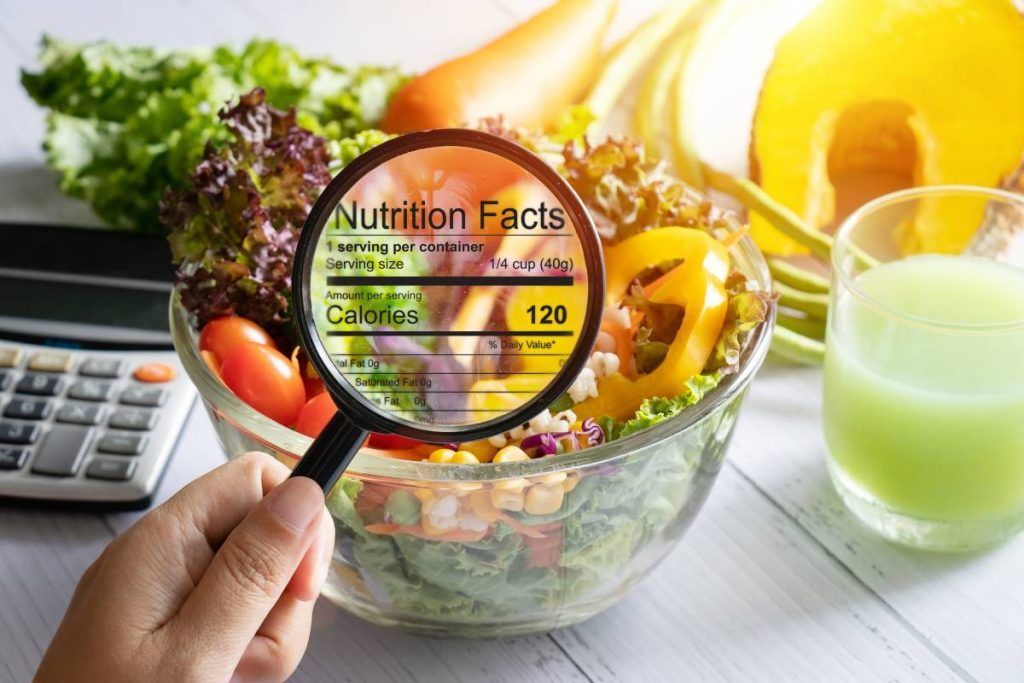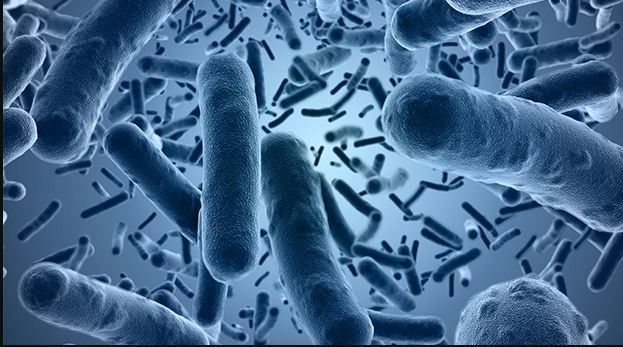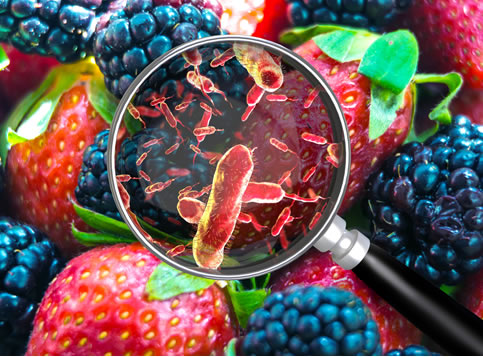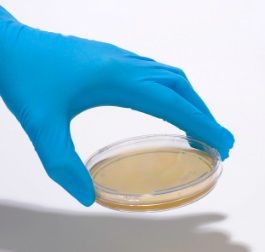






Microorganisms often garner significant attention within the pharmaceutical and biotech industries; however, the influence of these microbes is routinely experienced by everyone. A commonly overlooked household object where microbes often proliferate unchallenged is with cloth towels. As part of our daily routine, we shower and bathe with little concern to the fact that cloth towels, specifically washing towels, are some of the most microbe laden objects in our homes.
Studies into this microbial vector, have yielded impressive results from the use of a technique called, bioburden testing. With this test, researchers were able to analyze the number and types of organisms present in household bathing towels. Results from the tests revealed that the “damp environment of the average bathroom allows germs on towels to thrive” [1,2]. One of the major conclusions the study highlighted noted that household items, like towels, often act as bacterial reservoirs that enhance the growth of microbes. From these findings, the researchers also pointed out that when bathroom towels are consistently stored in areas with high moisture, not only does it promote bacterial growth but also encourages the growth of specific bacteria.
From the study, it was understood that one type of bacteria that is specifically promoted when bath towels are stored in high moisture areas are fecal coliform bacteria. These fecal coliform bacteria are a common part of the natural microbial ecosystem called the microbiota; however, they often facilitate the growth of pathogenic microbes like Escherichia coli, otherwise known as E. coli [2]. Further characterization of these fecal coliform bacteria shows that other pathogenic bacteria like Citrobacter and Enterobacter are also present in household towels. The diversity of these pathogenic bacteria found in household towels is intensified as it was also noted that 89% of kitchen towels also tested positive for E. coli [1].
The prevalence of these pathogenic fecal coliform bacteria presents a clear threat to homeowners and other occupants and increases the chances of illnesses like food poisoning and diarrhea [2]. However, these microorganisms are most threatening to young children and the elderly as they are susceptible to infections and other illnesses due to their less robust immune systems [1]. Additionally, family pets can be at risk for these illnesses as the pathogens responsible for the illnesses can be passed on from person to pet.
Though towels can represent a risk regarding health and well-being, properly cleaning your towels on a regular basis significantly reduces the risk of illness. At Sure-BioChem Laboratories, we recommend washing your towels every four to five days. We also advise that when washing your towels, to wash them in a high-temperature washing cycle to ensure that all the microorganisms are expunged. For more information regarding fecal coliform bacteria, bioburden testing and other microbial tests contact Sure-BioChem at 888-398-7247 to get your consultation today.
References
1. Dovey, Dana. "The Gross Truth About Bath Towels."Medical Daily. Newsweek, 04 Oct. 2016. Web. 18 July 2017.
2. Sifuentes, Laura Y., et al. "Microbial contamination of hospital reusable cleaning towels." American journal of infection control 41.10 (2013): 912-915.







Interested in Working with
Sure-BioChem Laboratories
Sure-BioChem Laboratories offers top-notch analytical testing for various industries. Our advanced lab and expert team ensure reliable, quality results. We're committed to excellence, helping clients meet high standards in environmental, food, and pharmaceutical testing.
Headquarters:
1000 Atlantic Avenue
Camden, NJ 08104
PHONE: 888-398-7247
Main Menu